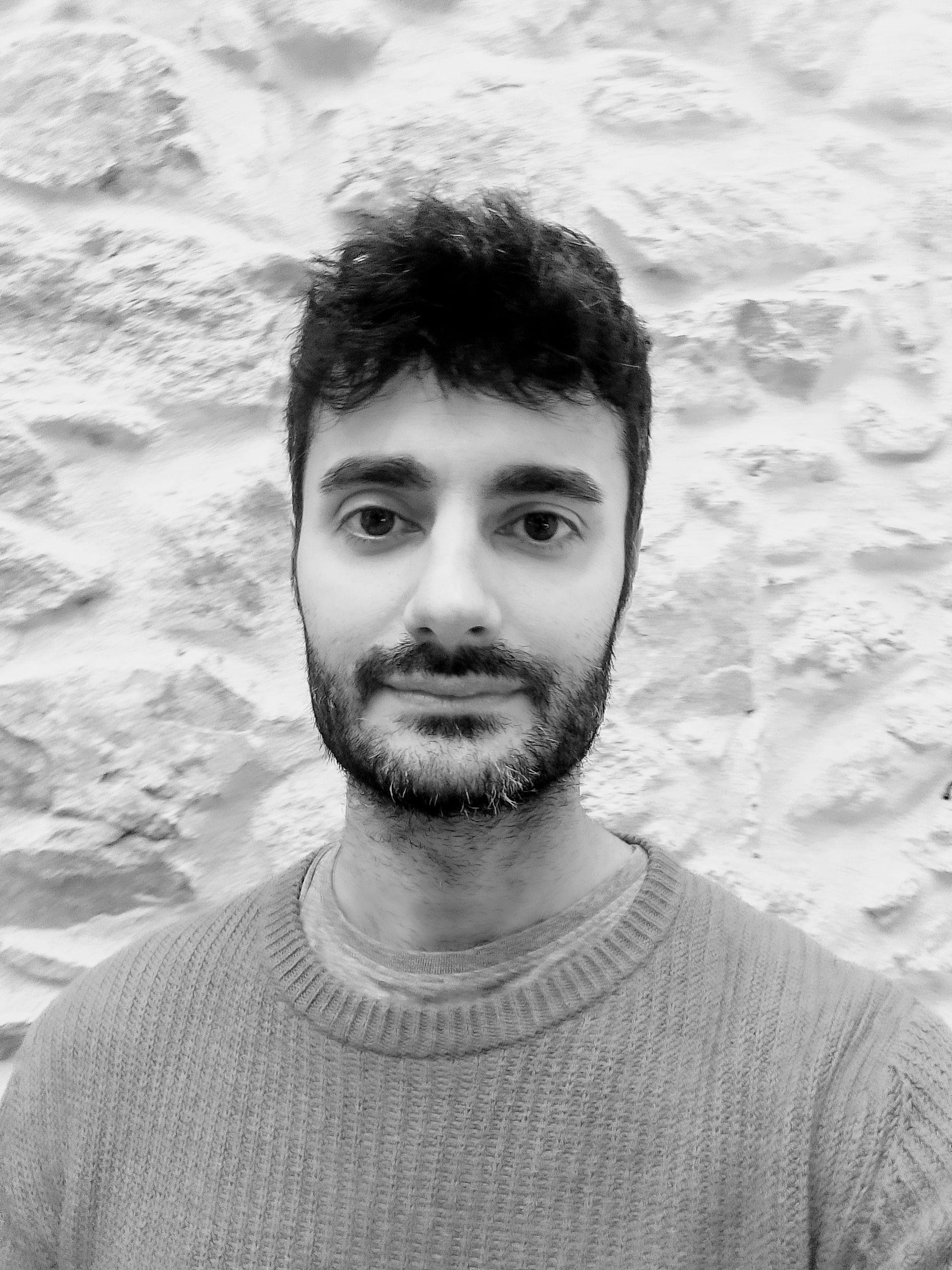Logarithms (Cambridge (CIE) IGCSE International Maths) : Revision Note
Logarithms
What are logarithms?
A logarithm is the inverse function of an exponential function
Making
the subject of
gives
This is pronounced "log base a of b"
This is the definition of a logarithm
The number
is called the base of the logarithm
If no base is given, it means the base number is 10
means
In the past, this was a common base to use
The log button on a calculator is always base 10
How do I interpret logarithms?
log base a of b,
, is the power that you raise
to, to get
This is the power required to take the small number,
, to the big number,
For example,
is the power needed to get 5 to 125
The power needed is 3 (because 53 = 125)
So
Similarly
(as
)
It works for negative powers (reciprocals)
(as
)
It works for fractional powers (roots)
(as
)
Where possible, use a calculator to check
Use the
button which allows you to change the base number
This is a different button to the log button (base 10)
How do I convert between logarithms and exponentials?
and
are mathematically identical statements
You can convert between the two
Learn to read
as "
is the power that you raise
to, to get
"
This allows you to convert logs to exponentials
This also works the other way
means
Though it is often easier to think of making
the subject
To make
the subject, take log base a of both sides,
This means you can relate logarithms to exponential graphs
e.g. the graph of
passes through the point
so

Examiner Tips and Tricks
In the exam, you can rewrite a logarithm question as an exponential question if you prefer.
How do I solve equations with logarithms?
Equations where
is in the power are called exponential equations
Some can be solved easily by inspection (seeing the answer)
For example,
is solved by
Others cannot
For example,
These must be solved using logarithms by making
the subject
means
Type this into your calculator to get
Alternatively, you can also solve equations using logs of base 10 only
The rule for base 10 is if
then
where
means base 10
For example,
means
Examiner Tips and Tricks
Whilst you still need to know both methods, mark schemes will accept different correct answers with logarithms, depending on whether you have used logs of base 10 or logs of a different base.
How do I use logarithms in compound interest questions?
You can use logarithms to work out the power,
, in compound interest questions
e.g.you put £500 into a bank account with 5% interest per year; after how many whole years does it exceed £900?
Make
the subject:
so
(or
)
This gives
so
years
(it has not exceeded 900 after 12 years)
How do I find inverse functions using logarithms?
For exponential functions, you can use logarithms to find their inverse functions
Use the standard process for finding inverse functions
e.g.
then swap
and
to get
Make
the subject using logarithms:
Finally make
the subject to give
Worked Example
(a) Solve the equation , giving your answer correct to 3 significant figures.
Method 1
To make the subject, take
log base 4 of both sides
Use the button on your calculator to find
Round to 3 significant figures
to 3 s.f.
Method 2
Using logs of base 10, solve by using
Use the log button on your calculator to find
Round to 3 significant figures
to 3 s.f.
(b) Without using a calculator, solve the equation
log with no base means log base 10
Rewrite this statement as a exponential relationship
4 is the power that you raise 10 to, to get
Simplify and make the subject
(c) Make the subject of
Take log base 7 of both sides
Rearrange to make the subject
Start by dividing both sides by
Then add 1 to both sides
in base 10 is also accepted

You've read 0 of your 5 free revision notes this week
Unlock more, it's free!
Did this page help you?

